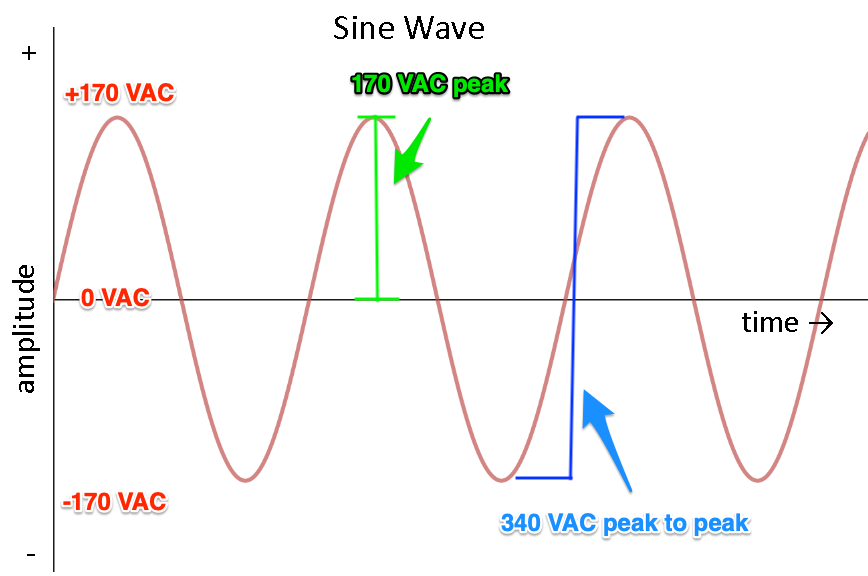OK, so now that these high-voltage BMS kits have started showing up: https://m.aliexpress.us/item/325680...92546e1904!12000029714860867!rec!US!135507165
How long before we see a member venture into the world of DIY HV LiFePO4 batteries?
Here is the direct link on Heltech’s website for the 60S / 192V BMS kit ($685): https://heltec-bms.com/product/helt...ry-protection-board-for-solar-energy-storage/
How long before we see a member venture into the world of DIY HV LiFePO4 batteries?
Here is the direct link on Heltech’s website for the 60S / 192V BMS kit ($685): https://heltec-bms.com/product/helt...ry-protection-board-for-solar-energy-storage/




